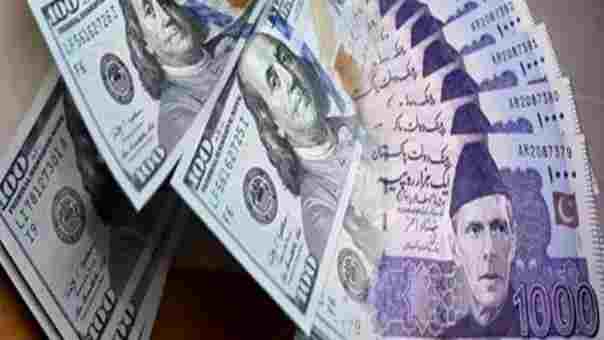Karachi, September 13, 2024 – The Pakistani rupee continued its upward trajectory, marking its fourth consecutive gain against the US dollar on Friday. The rupee gained 28 paisas, closing at PKR 278.16 per dollar in the interbank foreign exchange market, improving from the previous day’s rate of PKR 278.44.
The rupee was trading at PKR 278.70 at the start of the week on September 9, 2024, showing consistent gains over the past few days.
Currency analysts attribute the rupee’s appreciation to growing optimism surrounding Pakistan’s upcoming loan approval from the International Monetary Fund (IMF). The IMF recently announced that its executive board is scheduled to review Pakistan’s loan program on September 25, 2024. This development has been a source of positive sentiment in the market, with expectations that the loan approval will unlock a $7 billion bailout package for the cash-strapped nation.
“The anticipation of the IMF loan approval has been a key driver behind the rupee’s recent strength,” said a senior currency trader in Karachi. “Investors are hopeful that the funds will help stabilize the country’s economy and alleviate pressure on its foreign exchange reserves.”
In addition to the IMF optimism, an improvement in Pakistan’s foreign exchange reserves has also bolstered the rupee. According to data from the State Bank of Pakistan (SBP), the country’s foreign exchange reserves increased by $56 million during the week ending on September 6, 2024, bringing the total to $14.796 billion. This marks an improvement from the previous week’s reserves of $14.74 billion, reported on August 30, 2024.
Breaking down the latest figures, the SBP’s own reserves rose by $30 million, reaching $9.467 billion as of September 6, up from $9.437 billion a week earlier. Furthermore, foreign exchange reserves held by commercial banks grew by $26 million, increasing from $5.303 billion to $5.329 billion over the same period.
Market experts suggest that if the IMF executive board grants approval as expected, the rupee may continue its positive trend. However, they also warn that the currency remains sensitive to geopolitical developments and fluctuations in global commodity prices, particularly oil, which can impact the country’s import bill and foreign exchange reserves.
For now, however, the rupee is riding a wave of optimism, with investors closely watching upcoming developments from the IMF.
